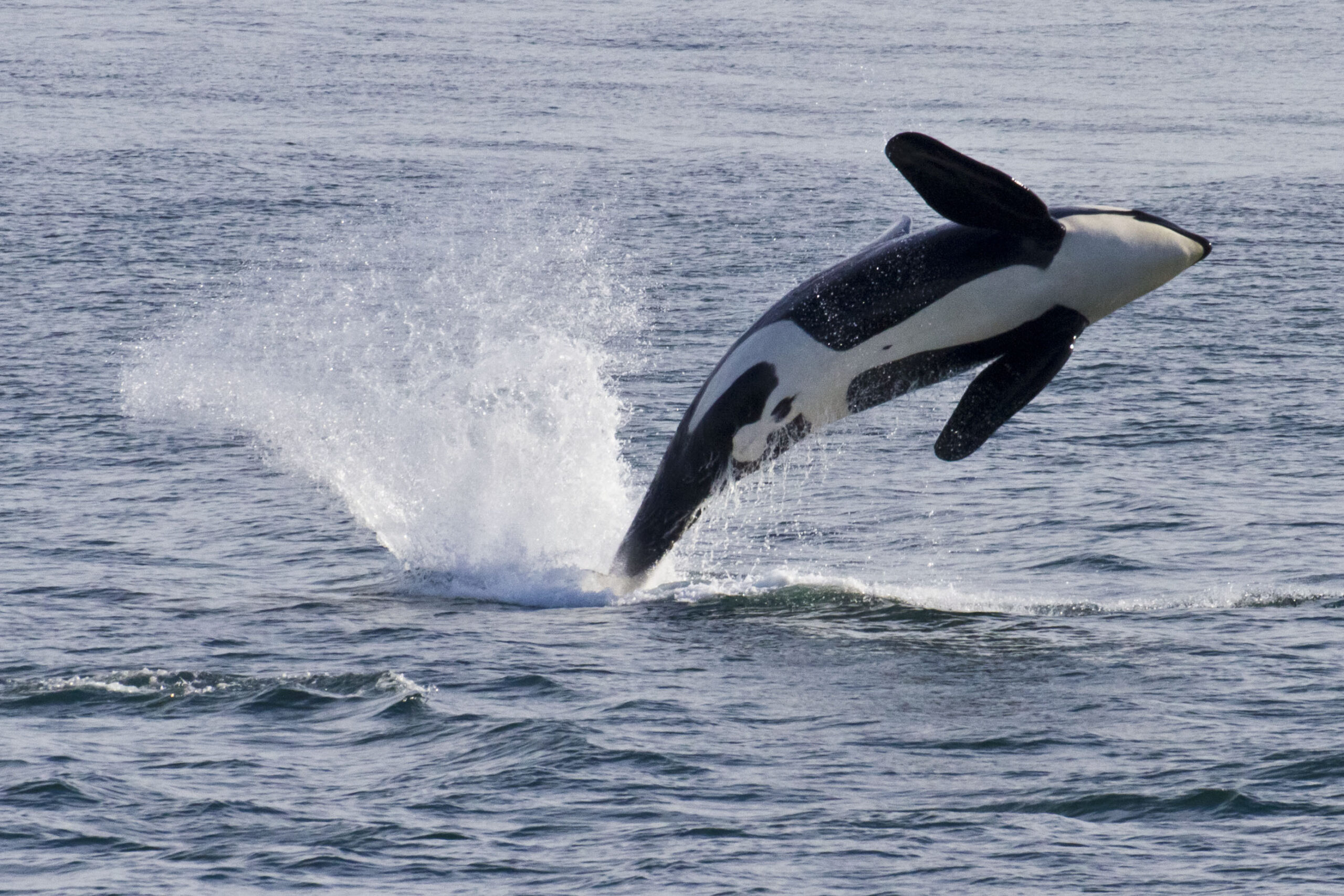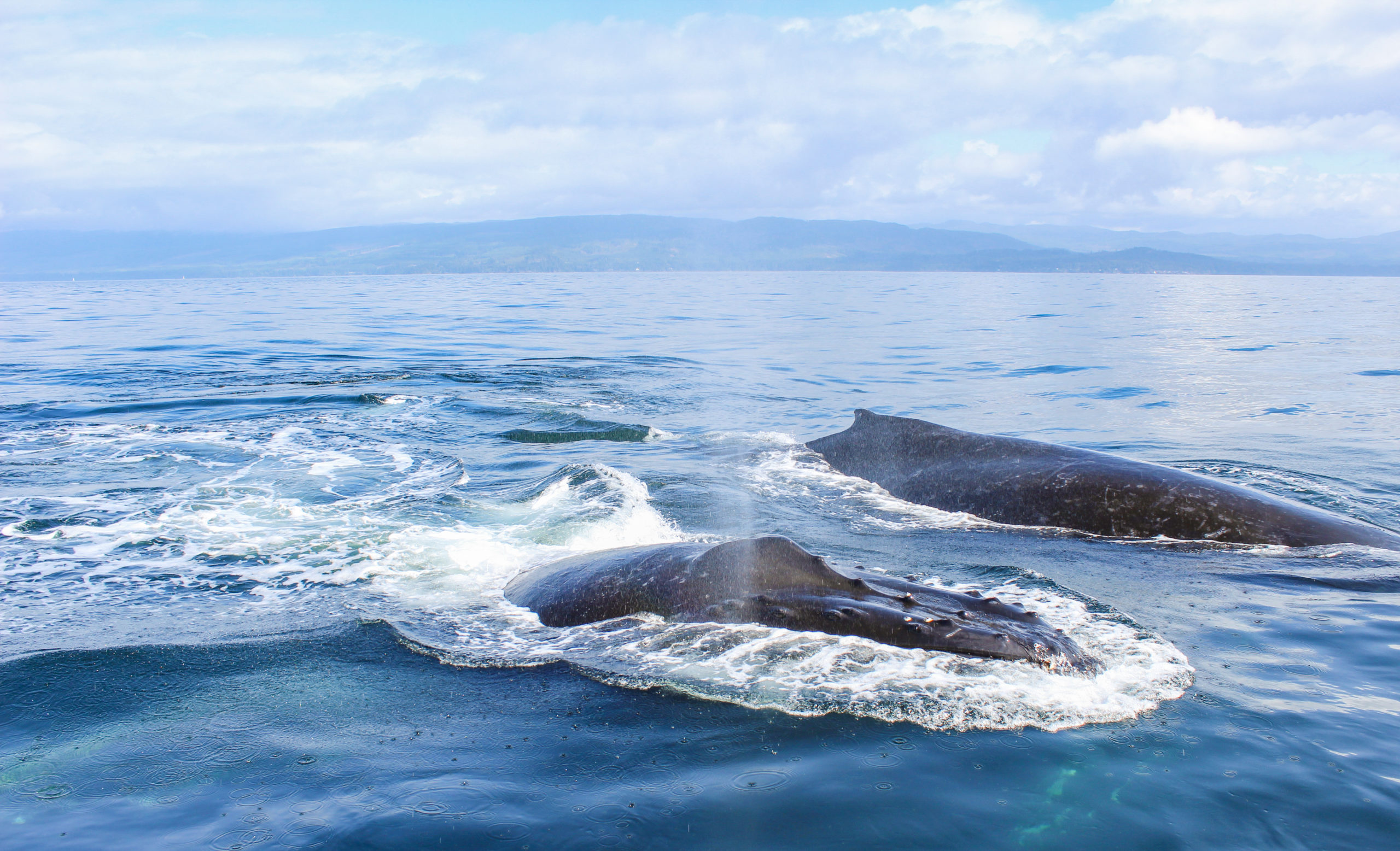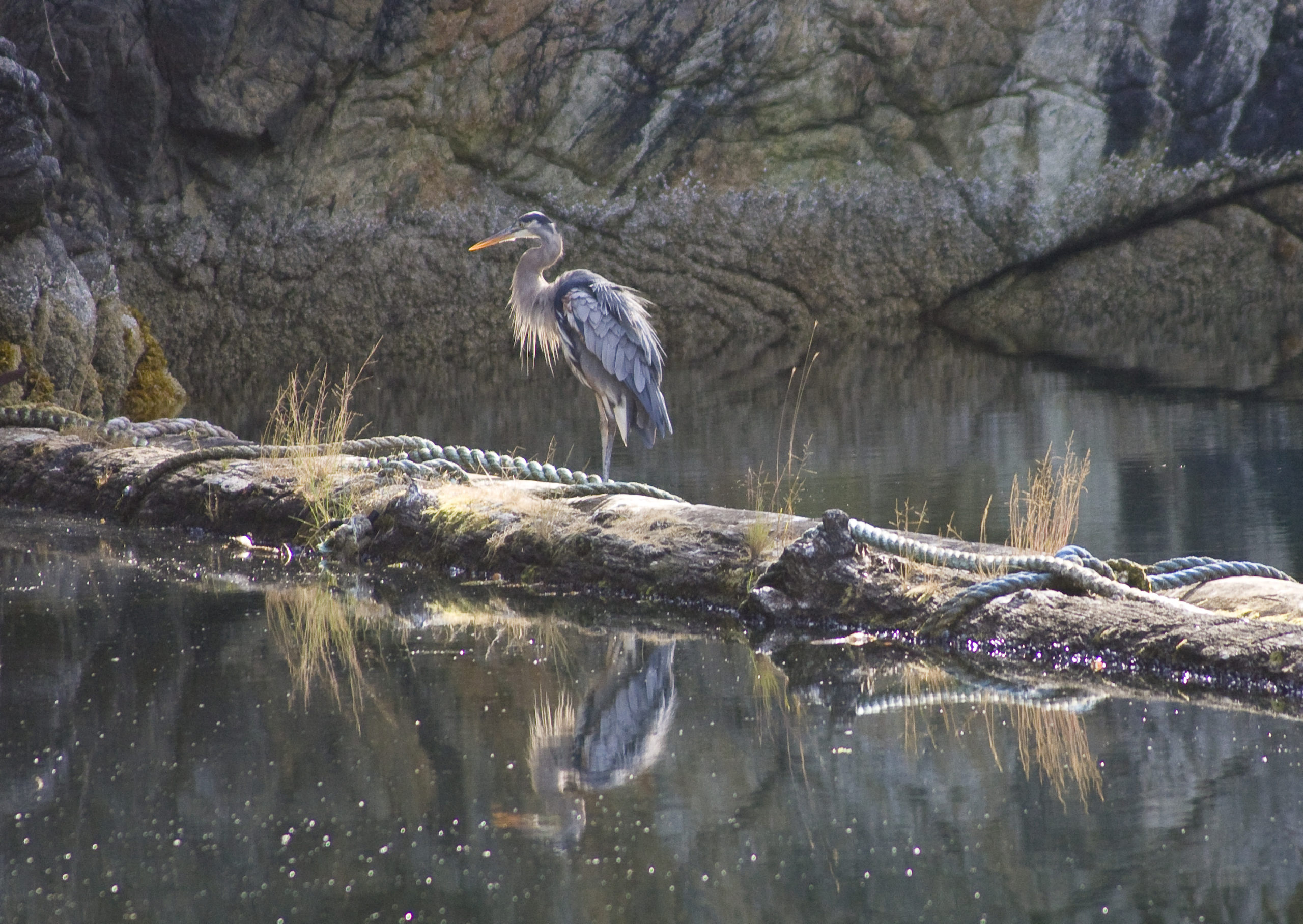The biggest thrill of boating is the amazing wildlife that we encounter in and around the Salish Sea.
However, as boaters we must be mindful that our watercraft can cause:
- Whales to experience stress and interruptions to feeding, mating, socializing, resting, and calf nurturing.
- Birds to abandon their nests and young, and can disrupt feeding or other behaviour critical to survival.
- Damage to sensitive habits such as estuaries, enclosed bays and narrow channels, eelgrass and kelp beds, and shellfish areas.
- The unintentional spread of aquatic invasive species (on hulls, shoes or paddles) which can disrupt the existing balance of ecosystems and out-compete native species.
For more tips on how to minimize our disruption while boating, browse our Guide to Clean Boating.




